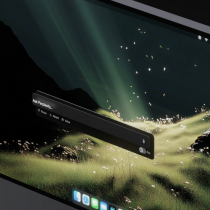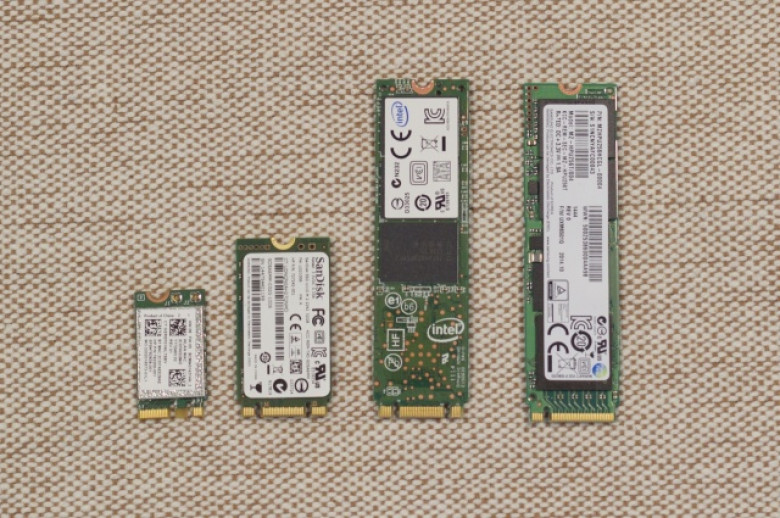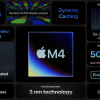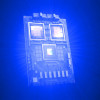Understanding M.2, the interface that will speed up your next SSD
Most solid-state drives released within the last year or so have been too fast for the bus they're connected to. The 6Gbps SATA III spec was finalized in the days when rotational hard drives still ruled and SSDs were rare, ludicrously expensive, and relatively unreliable.
There are a couple of different standards that have been created to solve this problem, and they both solve it in the same basic way. One, SATA Express, uses the same physical connector as older SATA drives but uses PCI Express lanes rather than the SATA bus to boost storage speeds. The other, which will be more common in space-constrained mini-desktops, all-in-ones, and Ultrabooks, is called M.2 (previously NGFF, for "Next-Generation Form Factor").
M.2 is interesting not just because it can speed up storage with PCI Express lanes, but because it can use a whole bunch of different buses too; it stands to replace both mSATA and mini PCI Express, two older standards that have been used for SSDs and Wi-Fi cards in laptops for a while now. Intel's new Broadwell CPUs and their chipsets include native support for M.2 and PCI Express boot drivers—neither PCIe-connected storage (hi Apple) nor the M.2 connector itself are new, but beginning with Broadwell systems each of those two things will become much more common.









































































